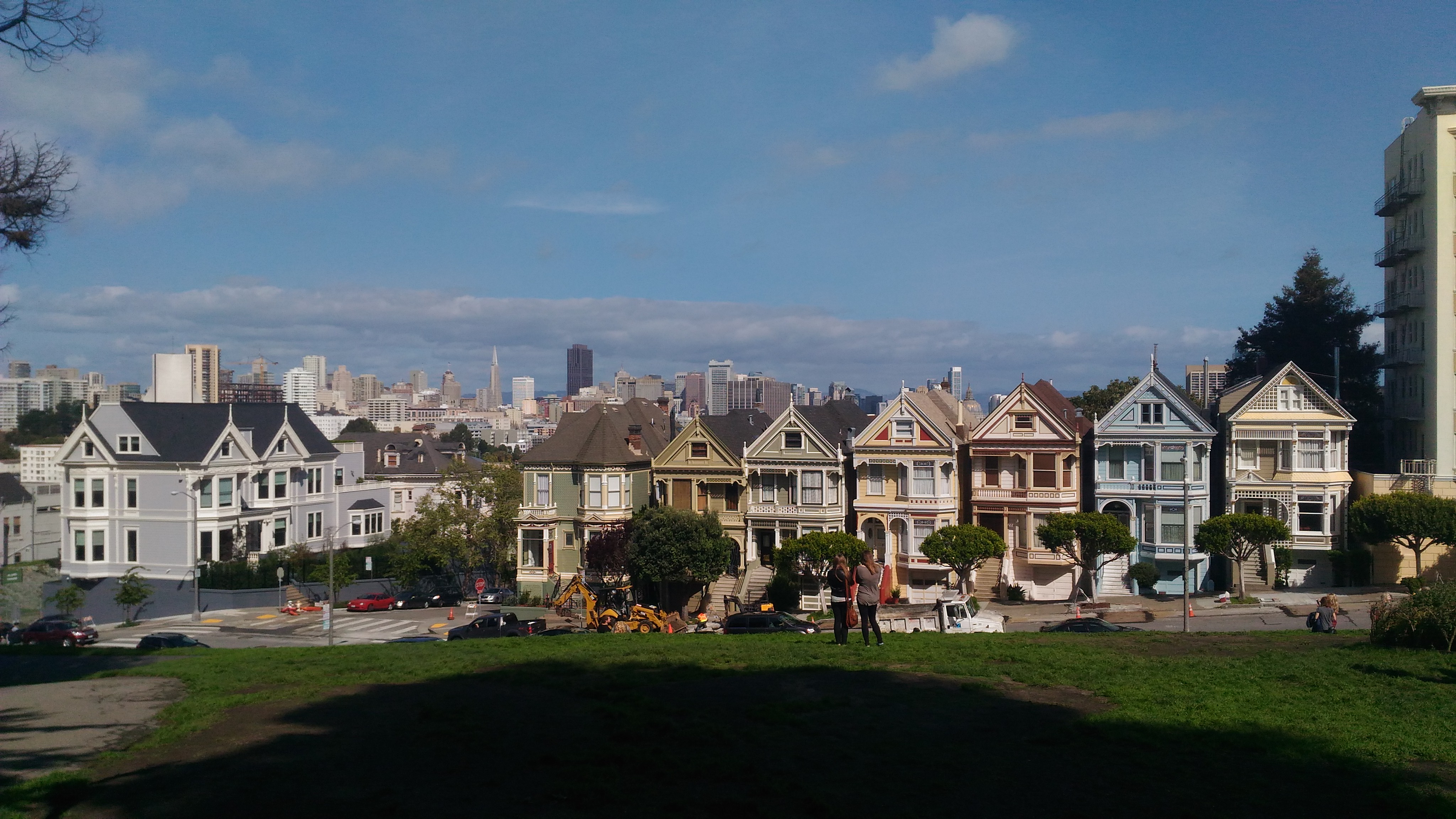United States, San Francisco
FC-02x Livable Future Cities ( Self- Paced) - Compulsory Exercise 2

Uploaded on 2017-02-27 by Heike Kaiser
1. Check the temperature differences in US cities and their surrounding rural areas due to UHI effect: - Single-day urban temperatures in some metro areas were as much as 27°F higher than the surrounding rural areas, and on average across all 60 cities, the maximum single-day temperature difference was 17.5°F. - The cities averaged at least 8 more days over 90°F each summer compared to adjacent rural areas. - In two thirds of the cities, urbanization and climate change appear to be combining to increase summer heat faster than climate change alone is raising regional temperatures. - In three quarters of cities examined, urbanized areas are warming faster than adjacent rural locations. - On average across all 60 cities, urban summer temperatures were 2.4°F hotter than rural temperatures. - Over the past 10 years, average summer overnight temperatures were more than 4°F hotter in cities than surrounding rural areas. 2. Which are the main UHI effects that you can identify in your area? place of residence: San Francisco, CA California’s climate is somewhat unique in that cool ocean water offshore contributes to cooling in coastal cities, while inland mountains trap warm air. As a result, the heat generated by urban heat islands in one area tends to move inland to blanket other areas with the overheated air. This phenomenon is clearly demonstrated in the San Francisco Bay Area, the Los Angeles Basin, and San Diego. http://www.climatechange.ca.gov/climate_action_team/urban_heat_island/Data_13-001/ALL_DATA_182/18_San_Francisco/18_San_Francisco_UHII.jpg 3. Which are the measures you would propose? If I could take part in the decision-making process of an initiative related to the UHI effect, I would propose the following measures in order to reduce it and provide a more livable environment to the citizens: - to incorporate more trees and parks into the urban landscape - to establish a green belt around the city - to use light and porous paving material instead of concrete and asphalt - to insist on integrating green roofs into new buildings - to create white roofs in buildings where the implementation of green roofs are not possible - to create green walls around office buildings - to demand alternative materials for urban infrastructure 4. Is UHI effect concerning policy making in your area? Heat Vulnerability Spatial Index The San Francisco Department of Public Health, in collaboration with the Centers for Disease Control, has developed a Heat Vulnerability Spatial Index. San Francisco displayed vulnerabilities during the 2006 heat wave. The Heat Vulnerability Spatial Index takes into account social vulnerability, built environmental attributes, and land surface temperature. It shows heat vulnerability by neighborhood, and will allow for a comprehensive citywide strategic plan for extreme heat events. https://www.calepa.ca.gov/urban-heat-island-index-for-california/understanding-the-urban-heat-island-index/ https://www.calepa.ca.gov/files/2016/10/UrbanHeat-Report-Report.pdf